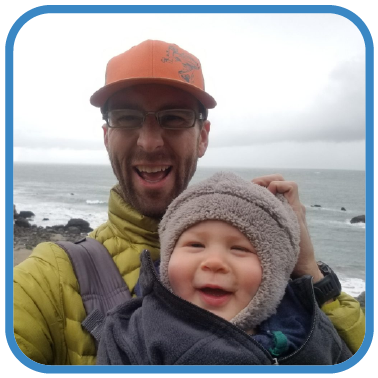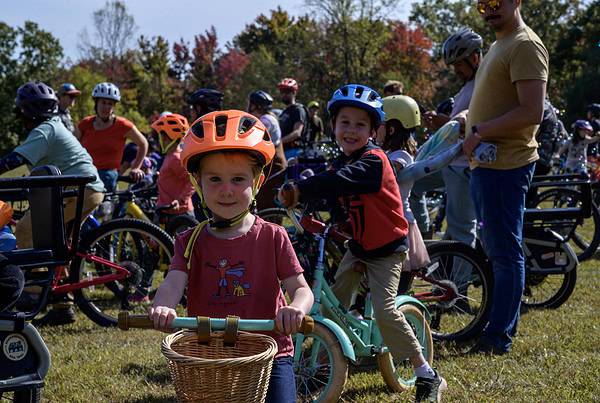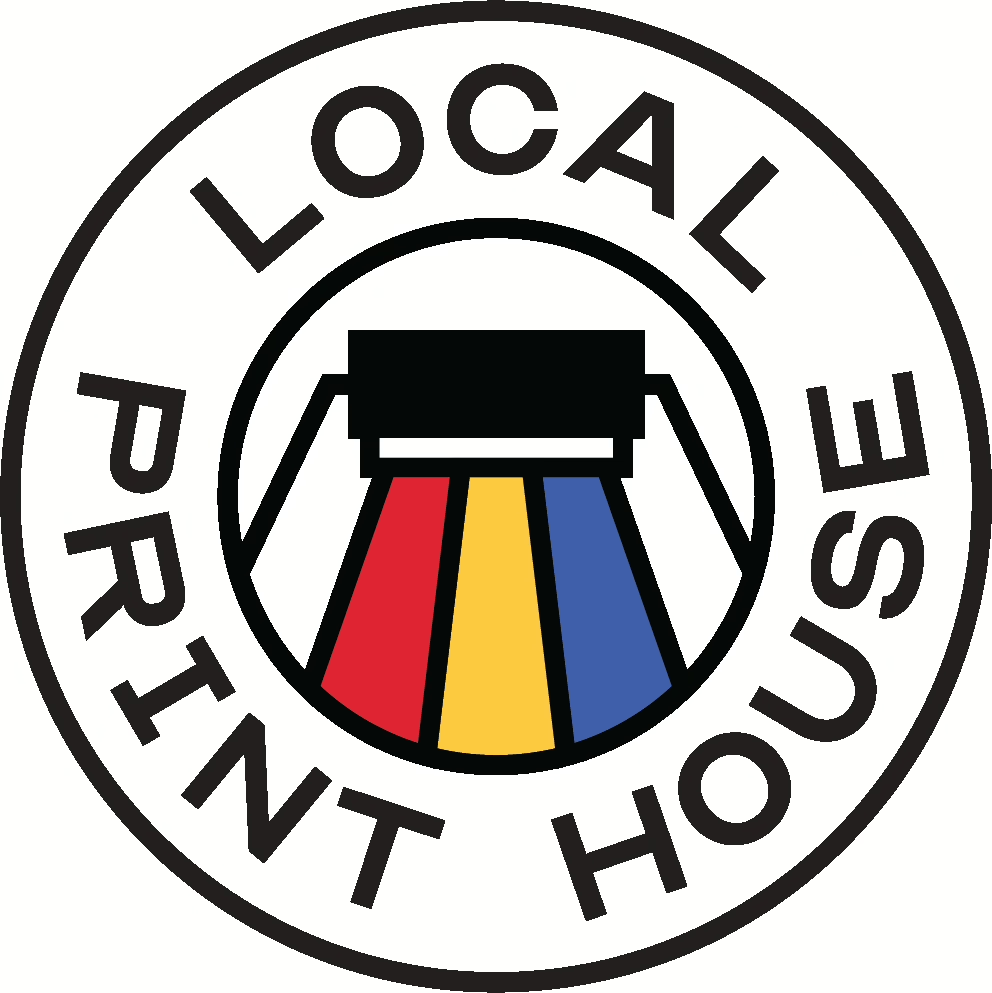As we wrap up 2019, we are asking our members and broader network to support our community-centric fundraising campaign and please consider a donation to help us continue Building Better Communities in the Valley.
This Q & A was taken from the September 2019 VDOT Safe Routes to School Email Newsletter. You can read the entire newsletter: Click here
Friends and Faces: Kyle Lawrence

Kyle Lawrence is executive director of the Shenandoah Valley Bicycle Coalition, a non-profit based in Harrisonburg that advocates for bicycle infrastructure, teaches people how to ride bikes, and organizes bike rides. Previously, he was the Safe Routes to School coordinator for Rockingham County Public Schools, and has long been a champion for getting students to walk and bike more. We spoke to Kyle about how he became a bicycle advocate, how Virginia SRTS has grown over the years, and his favorite places to bike.
“The childhood obesity piece that launched a lot of the health industry involvement is the high-level goal. We’ve found that [reducing obesity] is a secondary benefit, but it doesn’t really motivate and change behavior as much as [the program’s ability to] strengthen communities and families.”
How did you get started in bicycle advocacy? I started out riding recreationally, mostly mountain biking in high school. I came to college in Harrisonburg and got plugged into the community there. What is great about it is that it’s very inclusive of all types of bicycling. Mountain biking, road cycling, riding around town. The Shenandoah Bicycle Coalition today represents everyone and does everything: advocacy, mountain biking, road cycling, and club rides.
When did you first hear about SRTS? While in college at James Madison University, I worked in the local bike shops and was always involved in the [Shenandoah Valley Bicycle Coalition] as a volunteer. When Sentara Healthcare launched the program for the Harrisonburg City Schools, I remember hearing about it and thinking that it was a great idea. I watched the program from its very beginning, saw how it was working, and then when Sentara launched it for Rockingham County, a new coordinator position opened and I applied and got it. I thought it was great to see the health community leverage their money to join and build this movement.
How have you seen SRTS change and evolve? It’s about building stronger communities, happier families, and making connections. The childhood obesity piece that launched a lot of the health industry involvement is the high-level goal. We’ve found that [reducing obesity] is a secondary benefit, but it doesn’t really motivate and change behavior as much as [the program’s ability to] strengthen communities and families.
Why is SRTS important to you? It’s important to everyone, not just schools. It’s the least controversial way to engage people in this work and see the benefits almost immediately. When you get the kids into it, you engage the adults. It’s a great way [to generate] funding, build resources, staff, etc. It’s a breath of fresh air to see public funding going to support a program like Safe Routes, which impacts so many other aspects of life.
Do you think SRTS and your advocacy worlds intersect in a way that supports and grow each other? How? On a day to day level, you can’t underestimate the power of having someone like an SRTS coordinator who is doing this work and that’s their entire job focus. You can then leverage more volunteers. The Virginia SRTS program may feel amorphous, but it really is huge and impactful. It’s important to empower that coordinator, to do more and make those connections with local non-profits and other groups with similar missions. Those connections outside of schools are important.
SRTS keeps growing bicycling throughout Rockingham County. When kids hear the PE bike unit is coming to their school, they get so excited. Some kids will beg their parents to teach them how to ride before the bike unit arrives. Rockingham County received a bronze-level designation as a Bicycling Friendly Community from the League of American Bicyclists, and they wouldn’t have gotten it without the points earned by having a robust SRTS program in place.
Where do you see the SRTS program going?In the future, it’s Safe Routes to Everywhere. Safe routes for people walking and biking going all over. There’s a new high school being built in the city and there’s no walking or bicycling access. There’s a road and a parking lot. But just a few years ago, the city of Harrisonburg approved a greenways project to connect the new elementary schools. It was a huge, successful campaign and got the city to do something they had never done before. So it gives us hope that there’s so much more possible now.
What’s your favorite bike ride in Virginia? What’s your favorite walk or hike in Virginia? Right now, it’s the Massanutten Resort western slope trails. They’re on private property and Shenandoah Valley Bicycle Coalition volunteers have been working to build and maintain the system for over a decade, and they’re amazing.
For a great hike, I love the southern section of the Shenandoah National Park, specifically the Austin Mountain trail is one of my favorites.





